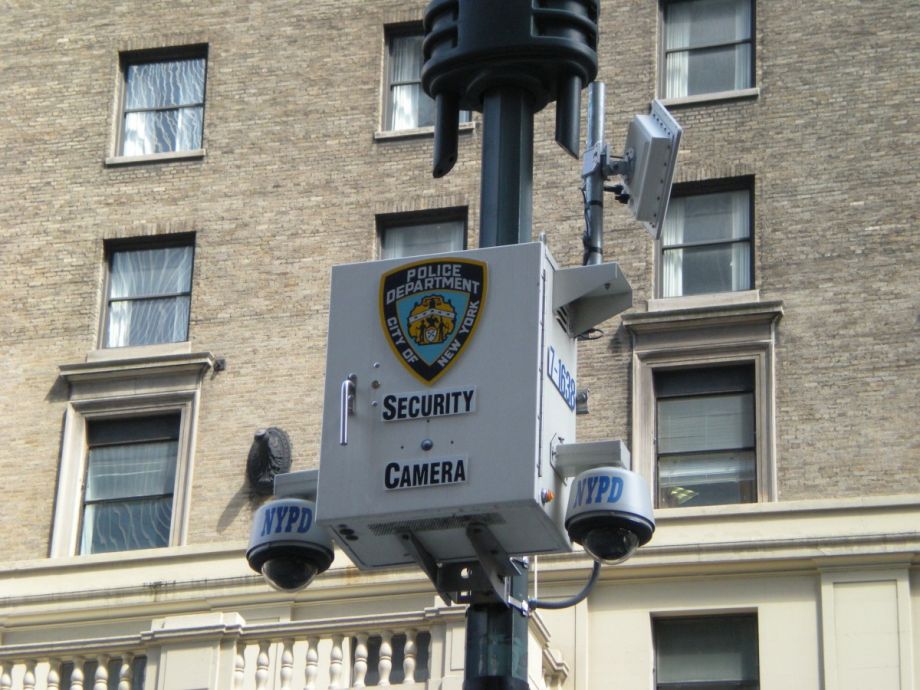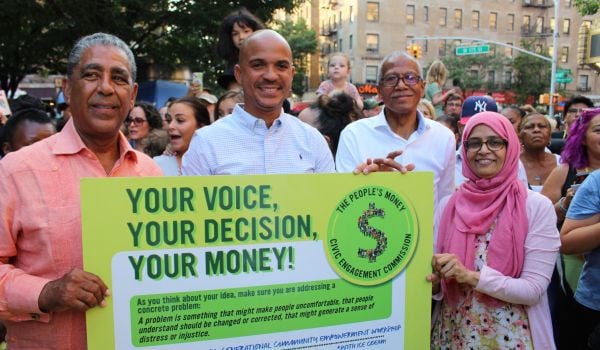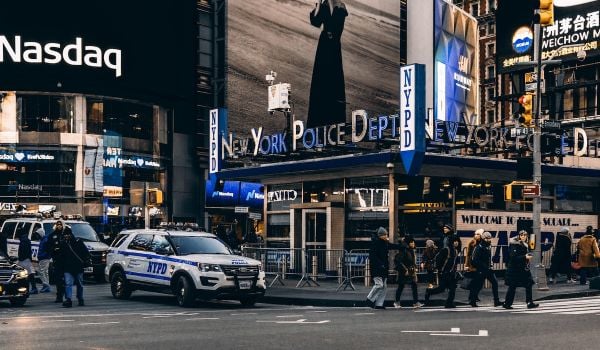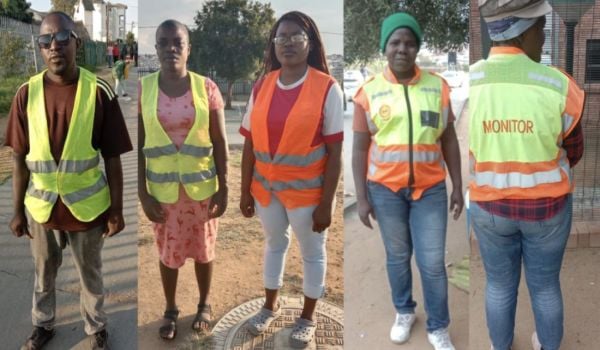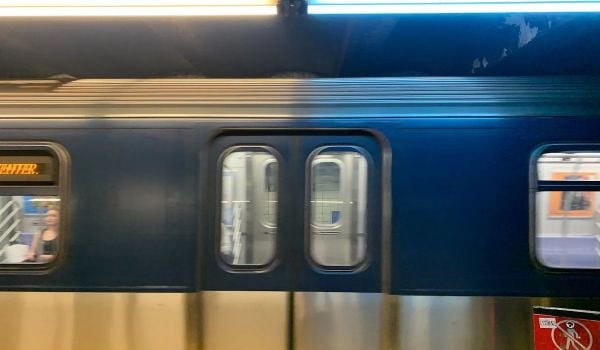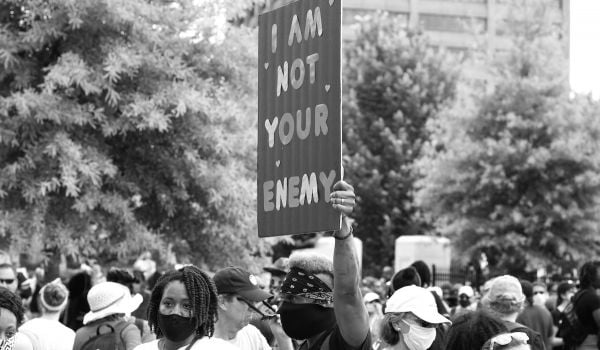On May 18, Richard Rojas got behind the wheel of his Honda Accord and mowed down 23 pedestrians on a teeming Times Square sidewalk. The next day, the New York Post had closed-circuit recorded footage of the carnage posted on its website, up close, crystal clear and shot from multiple vantage points.
In this age of urban surveillance, it’s hard to believe that a decade ago the New York Police Department didn’t have a single camera in Times Square — or on any city street, for that matter. It wasn’t until 2006 that the NYPD deployed its first 500 street-level security cameras to the tune of $9 million. They quickly multiplied, and today, the department has about 2,000 cameras scanning the streets, sidewalks, rooftops, parks, bridges and tunnels of New York night and day. There’s 7,000 more in public housing and another 4,000 in the subway. If need be, the NYPD can also tap into 4,000 private security cameras scattered throughout the five boroughs.
But according to the results of the city’s recent annual participatory budgeting cycle, nearly 12,000 New Yorkers think the city needs more electronic eyes on the street. The vote to fund more cameras comes as crime is hitting historic lows. Last year the city had 335 murders, its second fewest in the modern era. The number of shootings fell below 1,000 for the first time since record keeping began, and the number of felonies was the smallest since CompStat crime tracking started 23 years ago.
This epochal improvement in public safety is why it’s tempting to write off New Yorkers’ desire for cameras as a neurotic impulse in line with America’s anxiety disorder. But New York’s safety gains aren’t evenly distributed. There are parts of the city where former Mayor Michael Bloomberg’s life-changing magic of tidying up has barely been felt. One of those is District 17, encompassing the Bronx neighborhoods of Hunts Point and Melrose. Though the area has made measurable progress since the bad old days of the 1980s and ‘90s, gang violence continues to churn out body bags, and the NYPD’s 40th Precinct, which presides over part of the district, recorded the city’s largest crime spike in 2015. Against this backdrop, the district’s 340 votes for security cameras seem like a not unreasonable response to an uptick in criminal activity.
Yet CompStat data also show that several of the neighborhoods that voted for cameras don’t experience notably high levels of violent crime. District 19 in Queens, for instance, is primarily covered by the 109th and 111th precincts, neither of which saw high levels of murders, rapes or assaults last year. Of the eight city districts that voted for cameras, in fact, five of them experienced relatively low levels of violent crime in 2016. (The correlations aren’t perfect because neighborhood-level CompStat data break down by precinct and participatory budgeting occurs by political district.)
Of course, security cameras aren’t solely for preventing violent crime. Their moments of fame may occur when they capture a bombing or a rampaging vehicle, but they may be better at deterring nonviolent burglary and theft. One study in Newark, New Jersey, for instance, found that cameras are particularly effective at stopping people from stealing cars.
And decisions on whether to install more security cameras — especially NYPD cameras — are based on more than just whether they keep criminals at bay. The social implication of the city’s ever-expanding surveillance network has prompted the New York Civil Liberties Union to push back at times. Its 2006 report, written when the city’s camera network was still in its infancy, warned, “We are witnessing in New York the creation of a massive video surveillance infrastructure.” Of particular concern was what happens to footage after it’s recorded — the report cites New York’s rich history of using surveillance to crack down on particular groups, from suspected communists to Vietnam War protesters.
Yet, perhaps counterintuitively, in recent years it’s been the city’s progressive leaders who have often called for more surveillance of New Yorkers. In 2014, Public Advocate Letitia James, a prominent liberal Democrat, called for security cameras on subway cars — a proposal that’s now becoming a reality. Bronx Councilman Ritchie Torres, a political rising star and a member of the City Council’s Progressive Caucus, had advocated for more cameras in public housing facilities. And just last week, Mayor Bill de Blasio, who ran on a progressive platform, announced with fanfare the installation of cameras at 22 additional public housing developments. New Yorkers themselves, in fact — a politically progressive bunch — overwhelmingly favor surveillance of public spaces, according to a 2013 poll.
These trend lines suggest that New York’s network of cameras will continue to grow. To see their future, New Yorkers might look to London, where 500,000 cameras comprise a surveillance “Ring of Steel.” Like New York, London is a prominent terrorism target (though it suffers a fraction of New York’s gun violence) trying to balance the need for watchful security with politically progressive instincts.
Whether this balance is achievable — or even necessary — is a matter of perspective. If we were living in the cities U.S. President Donald Trump envisions, the answer might be more clear-cut. During the presidential campaign, Trump portrayed America’s urban cores as ultraviolent war zones where dangerous criminals reign. Though the facts don’t support this, and progressive leaders refute it, New York is nevertheless embracing surveillance as if every corner were a tabloid viral video waiting to happen.

Will Doig was formerly Next City’s international editor. He's worked as a columnist at Salon, an editor at The Daily Beast, a lecturer at the New School, and a communications staffer at the Open Society Foundations. He is the author of High-Speed Empire: Chinese Expansion and the Future of Southeast Asia, published by Columbia Global Reports.

